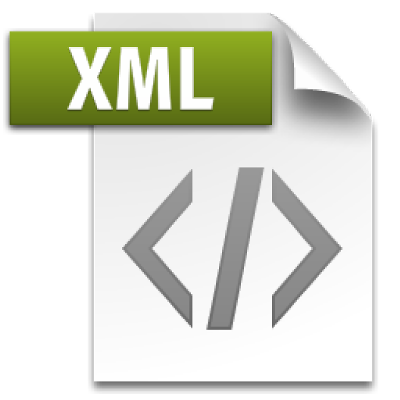XML

|
|
XML is a markup language for documents containing structured information.
Structured information contains both content (words, pictures, etc.) and some indication of what role that content plays (for example, content in a section heading has a different meaning from content in a footnote, which means something different than content in a figure caption or content in a database table, etc.). Almost all documents have some structure.
markup language is a mechanism to identify structures in a document. The XML specification defines a standard way to add markup to documents.
Why XML?
In order to appreciate XML, it is important to understand why it was created. XML was created so that richly structured documents could be used over the web. The only viable alternatives, HTML and SGML, are not practical for this purpose.
HTML, as we've already discussed, comes bound with a set of semantics and does not provide arbitrary structure.
|
SGML provides arbitrary structure, but is too difficult to implement just for a web browser. Full SGML systems solve large, complex problems that justify their expense. Viewing structured documents sent over the web rarely carries such justification.
This is not to say that XML can be expected to completely replace SGML. While XML is being designed to deliver structured content over the web, some of the very features it lacks to make this practical, make SGML a more satisfactory solution for the creation and long-time storage of complex documents. In many organizations, filtering SGML to XML will be the standard procedure for web delivery.
How can XML be used?
-
XML can keep data separated from your HTML
- XML can be used to store data inside HTML documents
- XML can be used as a format to exchange information
- XML can be used to store data in files or in databases